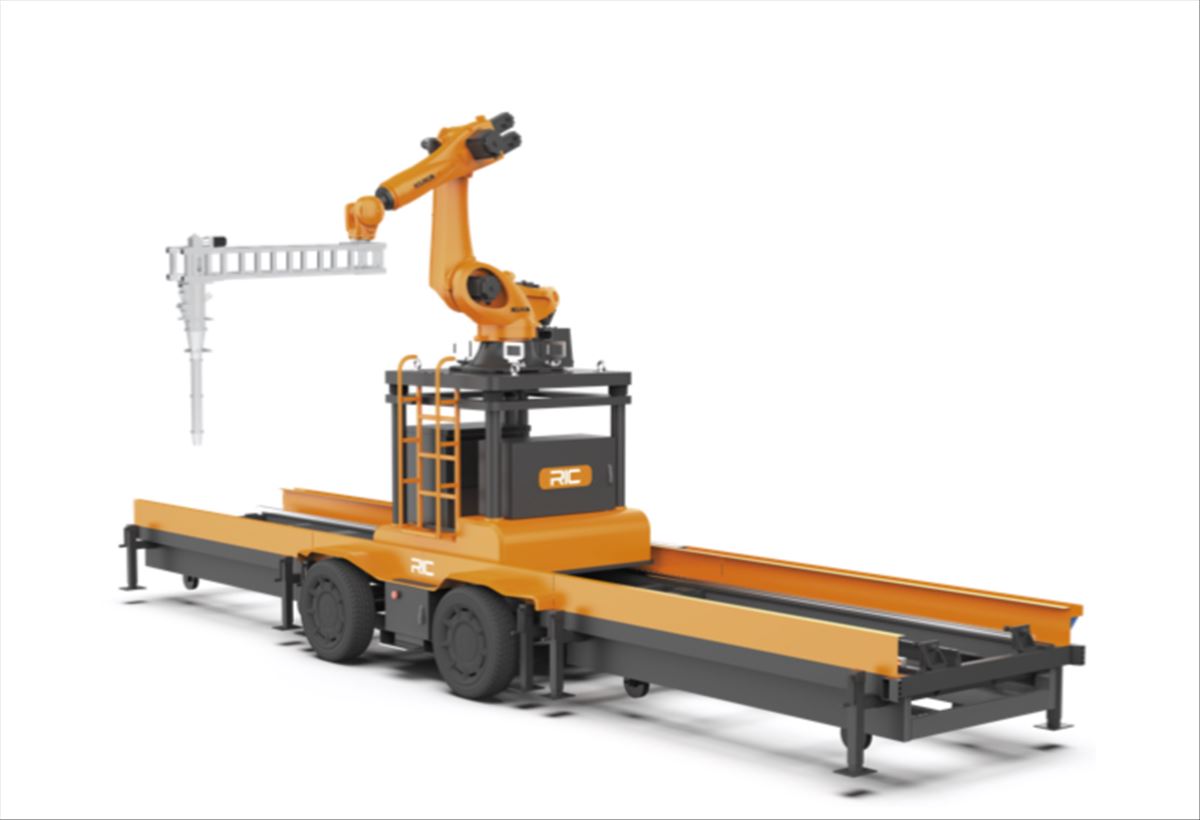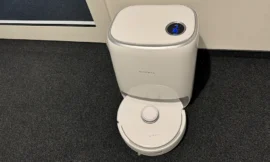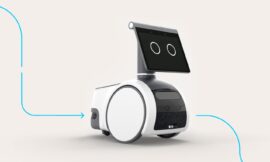Today we have been presented today with a significant development in the field of 3D construction. RIC Technology has launched the RIC-M1 PRO, a robotic arm printer that promises to be a game changer in affordable housing construction. Let’s look in detail at its characteristics and possible impacts.
The RIC-M1 PRO differs from traditional systems due to its small size and modular design. This facilitates its transportation and rapid start-up on construction sites, which represents a considerable advance compared to systems based on portal frames.
This model allows for wider printing, with a printing width of up to 6.59 meters, a length of 13 meters and a height of 4.27 meters. This enhanced capability is crucial for building on varied terrain and for larger projects.
The RIC-M1 PRO requires only two skilled operators, instead of three. Additionally, the training period is reduced from one to two months to just one to two weeks, streamlining the process and reducing costs.
The printer not only works with mortar, but also with concrete, thanks to its integrated mixer-pump. This offers unprecedented flexibility, allowing large structural elements to be built with fine details.
These are advances that represent a great step towards efficiency in the construction of affordable housing. By reducing costs, time and labor, the RIC-M1 PRO aligns with the current needs of the construction sector. They will present the RIC-M1 PRO at World of Concrete 2024 so that professionals in the sector can closely evaluate this technology, I only hope that this really means having more affordable homes.
You have several examples of what they are building at rictechnology.com.
Is this reduction in labor worth it?
The fact is that it is clear that the number of people working on a construction is reducing, and the total time is also reduced, which becomes weeks, not months. Once the building is built, you only have to install the pipes, cables and finishes, something that machines cannot yet do.
And all this would be worth it if the resulting homes were truly affordable, if people could purchase a 3D printed home for a price they could easily afford on a minimum wage. It is assumed that the cost of construction has been reduced, so much labor has not had to be paid, so the project has become much cheaper. We cannot allow that difference to end up in the pockets of a handful of people, because then we are not only leaving the population without jobs, we are also ending the promise of affordable housing that 3D printing has been promising for years.
At the moment, the projects that we have been disclosing do not have a very attractive price so to speak, although it is also true that what ends up being paid is more for the land where it is being built than for the construction itself.
Also Read: Animate Anyone – AI tool to create animations recording videos





